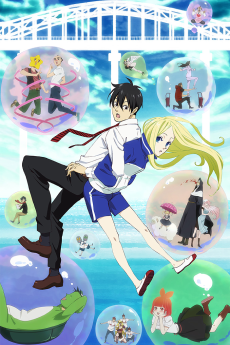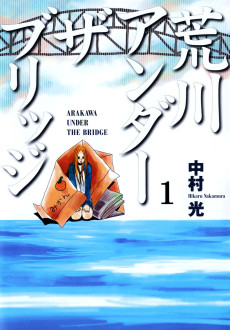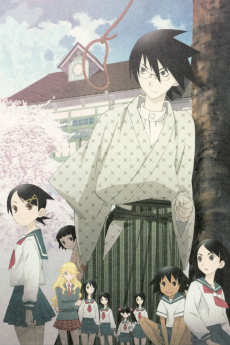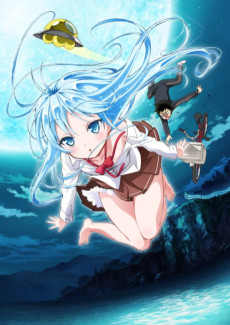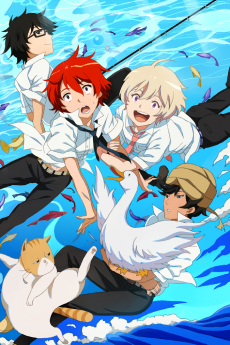ARAKAWA UNDER THE BRIDGE
STATUS
COMPLETE
EPISODES
13
RELEASE
June 28, 2010
LENGTH
24 min
DESCRIPTION
Ko Ichinomiya's family motto is "Never be indebted to anyone," but after losing his pants and falling into the Arakawa River, he quickly finds himself in debt to his savior, the cutely insane Nino (who happens to live under the bridge). To repay her, he vows to help her with her desire to "experience love." Along the way he'll meet the river's other residents, including a hot-blooded kappa, a Sister in drag, and a literal rock star. Sorry, Ko—when you fell into that river, I guess you really got in over your head!
(Source: NIS America)
CAST
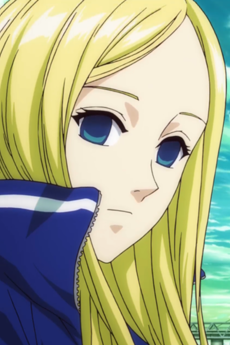
Nino
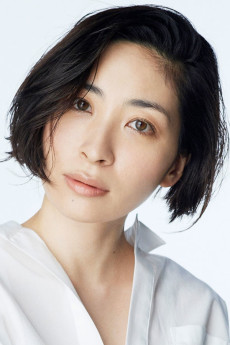
Maaya Sakamoto
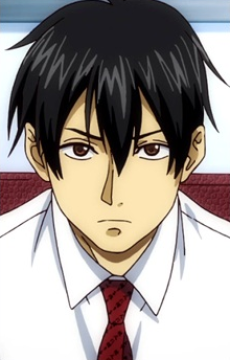
Kou Ichinomiya
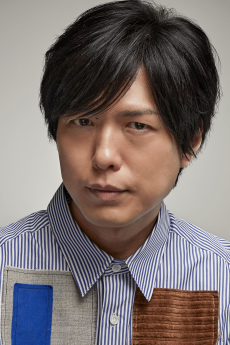
Hiroshi Kamiya

Narrator
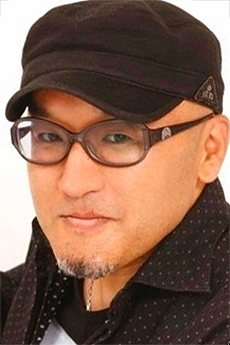
Fumihiko Tachiki
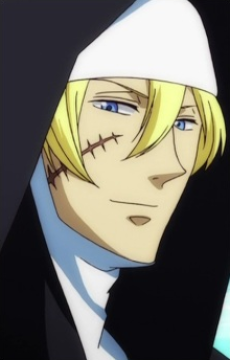
Sister
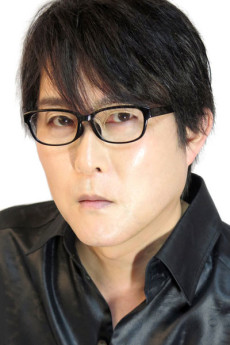
Takehito Koyasu

Hoshi
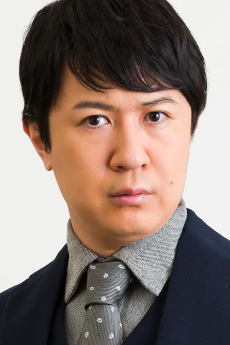
Tomokazu Sugita
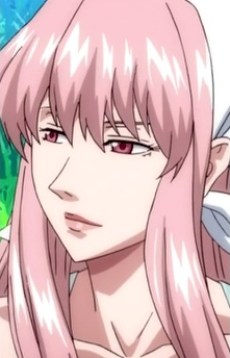
Maria
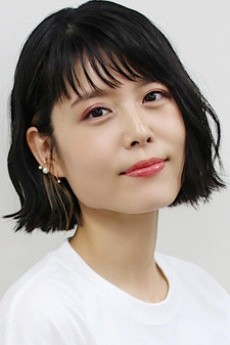
Miyuki Sawashiro
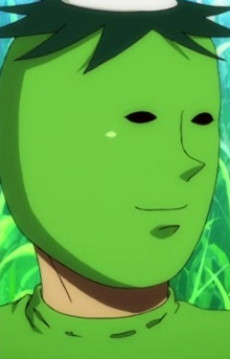
Village Chief
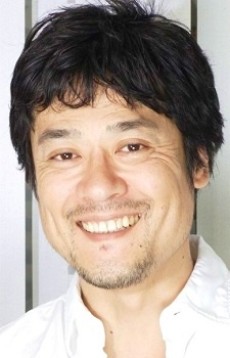
Keiji Fujiwara

P-ko
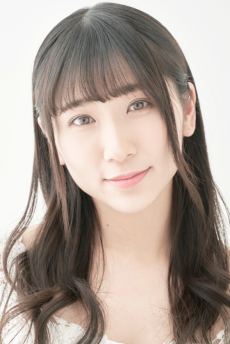
Chiaki Omigawa
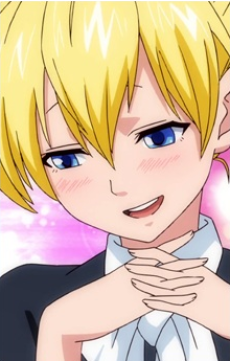
Stella
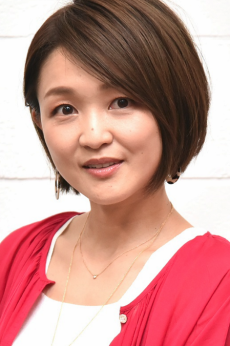
Chiwa Saitou
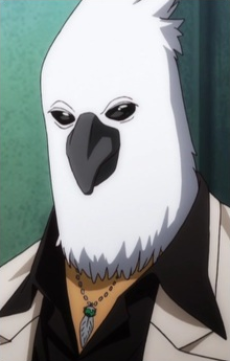
Billy

Fumihiko Tachiki
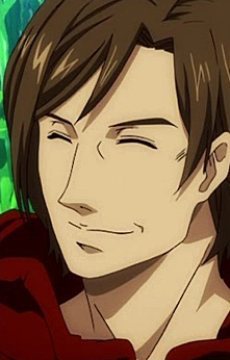
Tooru Shirai
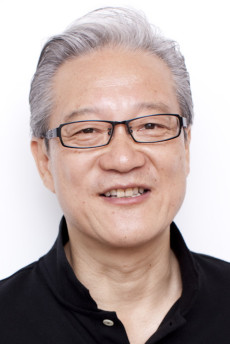
Houchuu Ootsuka
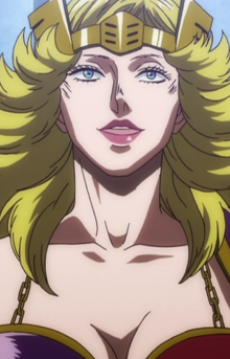
Amazoness
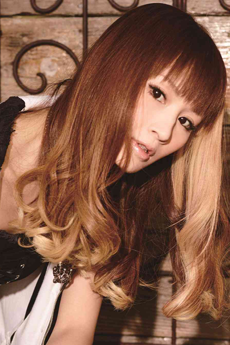
Yuu Kobayashi
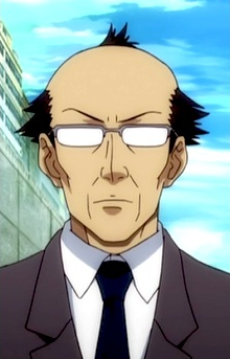
Terumasa Takai
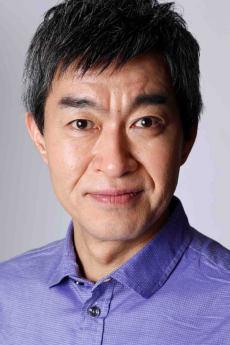
Choo
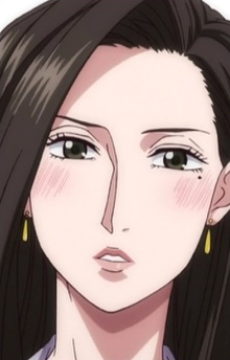
Shimazaki
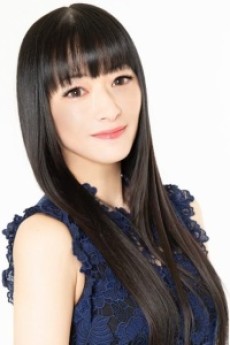
Rie Tanaka
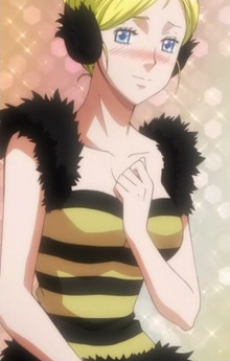
Jacqueline
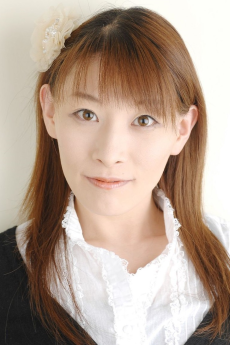
Yuuko Gotou
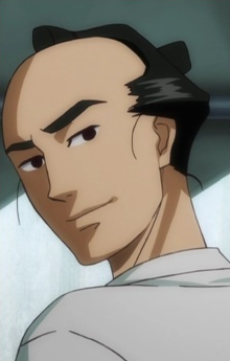
Last Samurai
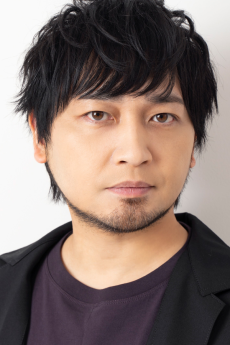
Yuuichi Nakamura
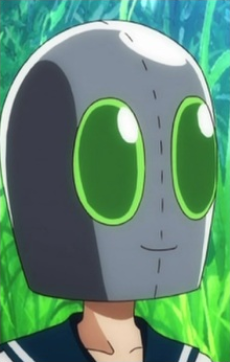
Tetsurou Tetsujin
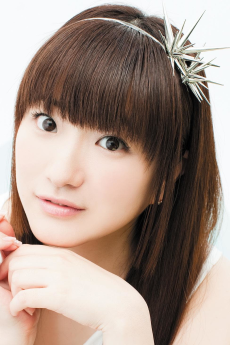
Ryouko Shintani
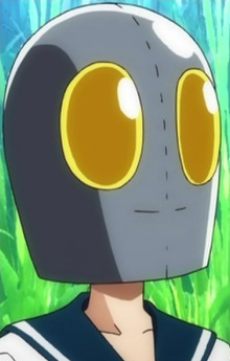
Tetsuo Tetsujin
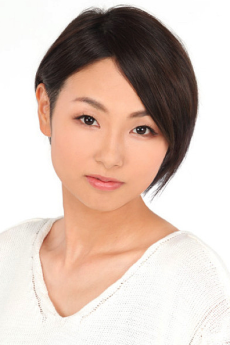
Yuuko Sanpei
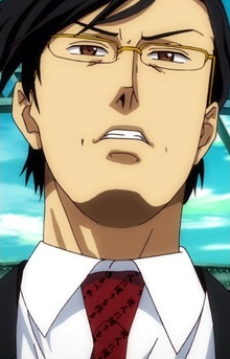
Seki Ichinomiya
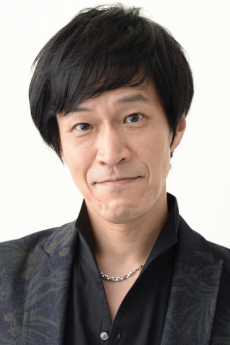
Rikiya Koyama
EPISODES
Dubbed
RELATED TO ARAKAWA UNDER THE BRIDGE
REVIEWS

Bakano
90/100Strongly recommended for people who enjoy absurdity, philosophy and politics in their comedy. Not a romantic comedy.Continue on AniList“When the ebbing tide retreats along the rocky shoreline
it leaves a trail of tidal pools in a short-lived galaxy,
each microcosmic planet a complete society.A simple kind mirror to reflect upon our own.
All the busy little creatures chasing out their destinies.
Living in their pools, they soon forget about the sea...”Neil Peart, Natural Science
Story
The story is simple. Each episode consists of a number of small chapters, which are either stand-alone or part of a short multi-chapter story. Each chapter serves as a vehicle for exploring the social order under the bridge. There is no important narrative arc with build up, climax, and resolution, and I will not rate it as if there ought to be; each chapter of Arakawa is more koan than fragment of an epic poem.
Animation
This viewing was on a 55" OLED screen in 1080p BD.
The animation is abstract, yet artistic. I do not typically enjoy abstract art, but SHAFT manages to tie it together with beauitifully realistic backgrounds and scenery. The action is fluid and easily followed, even during surreal moments. The opening and ending videos flow nicely with the music and lyrics.
Sound
This viewing was with Japanese audio.
The voice acting was average to good.
The soundtrack was good, with a variety of styles. The opening theme is directly related to the series and was a nice way to start each episode. The second opening, which only plays for one episode, is directly about, and sung by the voice actress of, one of the characters. I do not know if the ending theme was created specifically for the series, but the lyrics and sound are fitting. Hoshi's singing was not good, nor were his songs pleasant. (But this is explained in-universe.)
Characters
The characters are each small puzzles. There is little character growth outside of Kou, himself, but each character develops a distinct personality as the chapters progress. Some characters have chapters dedicated to their reasons for being as they are, but most characters are not explained even if there are enough small hints along the way to make some reasonable guesses.
The real "character" is the community under the bridge. Each character is an outcast from society for different reasons, but they have found a home in the social bonds they have created with their neighbors. This is the focus of the anime, and is conveyed through a series of loosely interconnected events that flesh out the society under the bridge.
Overall
Strongly recommended for people who enjoy absurdity, philosophy and politics in their comedy.
Not recommended if you are looking for a romantic comedy. Though the tastes of romance, when present, are sweet.

Ezekiel01
77/100Love without Common Sense is Absurdity but Love is AbsurdityContinue on AniList

[STORY ELEMENT PRESENTATION 7/10] [GOOD FOR A ROM COM]
Arakawa Under the Bridge from the title itself is the main setting of the story, almost all major chain of events and interactions take place here. A strange setting to circle around a romance comedy. The joke has somewhat a modern take in the presentation, for it uses a combination of interchanging camera angle views, a wholesome amount of different color pallets to intensify emotional symbolism, and continued with a constant stream of jokes that built upon a major punch line. Put all this recipe together, you would have a very charming and engaging style of comedy from start to finish.

Change of Cut Transition & Angle Shot for Comical Impact For the most part, the comedy itself is more of a satire commentary on criticizing societal norms, it ranges from simple discrimination, public indecency, and many more things that the public think is too eccentric to maintain a civilization but in a shallow sense to make the humor light-hearted than offensive.
Traditionally the show presents drama via internal monologues and dialogues to relay the main point towards the audience to think through. There was never a right or wrong on both sides of the argument. It was always left for the audience to decide whether to agree or disagree. I like how they put a decent amount of pacing between the comedy and drama, they don’t overlap on each other and thus it enforces the main point of the narrative in clearer to understand manner. It is nice to have something to learn after a good laugh and this is Arakawa's selling point on its humor to be memorable.
[SOUND & MUSIC INTERPRETATION 8/10] [MEMORABLE]
For the technical stuff, I say the OP song Venus to Jesus is a wonderful opening sang by Etsuko Yakushimaru. Its wacky demonstration of absurdity that transcendence beyond belief. An interesting way in introducing the audience what kind of anime they are about to watch, it’s unique and I love it.

When the OP Already Gave a Foreshadowing What to Expect While ED song Sakasama Bridge by Suneohair has a natural and relaxing atmospheric vibe to it. Both songs are completely opposite of each other but to be brief, the OP represents the bizarre premise while the ED constitutes the in-depth look of the characters.

ED Presents a Serious Steady Progressing Development The voice acting of Sugita, Tomokazu, playing Hoshi, is a plus. Hoshi's reaction and personality are a fun addition to the show. He reminds me of Gintoki's ironic shenanigans in Gintama.

OST is enjoyable and good to listen to. There times the atmosphere is an easy-going comedy and there are times when the narrative is serious in a meaningful way, it catches that mood accurately, making the show well pace between humor and short character moments.
[AESTHETICS 8/10] [CREATIVE AND INNOVATIVE]
The settings design and attention to small details are impressive. I can make desktop wallpaper in every cutout scene the show has. It has a lot of good camera shots on natural scenery around the bridge. Arakawa has some interesting symbolism and Easter eggs, especially when it comes to character design.

____A FIne Attention to Details, this is Only the Setting of the Show____ The character here is not defined by the color eyes or the size of the hair. Their overall design defines their personality and interest. For example, Hoshi wears a star shape mask not because he’s a weirdo but indicates that he is a “rock star!” that he always plays music to enforce his character trait. Similar things can be said to other residents of the bridge.
The cut transition scenes of Arakawa under the bridged doesn’t appear to be meaningless cut-outs to save some animation budget but a sense of insight in understanding what is the current tone of the situation is. This creates a mundane scene, like a simple conversation, more engaging, and entertaining. It doesn’t stray away from the audience in comprehending a particular scene.
[CHARACTERS 8/10] [ENJOYABLE AND LIKABLE]
Arakawa has a specialty in introducing and fleshing out its weird set of characters. Characters in this show are at first glance seems like forgettable gag fillers, but as the story progresses there are a certain amount of depth and meaning about their motives and behavior, though if they got a moment of serious monologues and dialogues, the outcomes resulted in looking a bit pretentious because of the irony of the narrative being a comedy but still it was able to always deliver its messages in the right moment coming out as pay-off.
The encounters of each character are dynamic. Characters in the show have a sense of purpose and place to belong in the setting. They each share a good amount of life lessons to influence in our main protagonist character growth. Every encounter comes out different, there is always something new and completely unexpected development happens. Thus making it very enjoyable to watch.
[ SOME CHARACTER HIGHLIGHTS]
Kou Ichinomiya, nickname as Recruit because of his corporate attire. Looking at the surface, “Never be indebted to anyone” is Kou Ichinomiya's motto in life, a motto that his family embedded with him since childhood. This motto made him become independent and self-sufficient. He’s the model elite of the current society. He has an impressive track record and achievements. He has complete pride in his capabilities that the entire world is within the palm of his hands.

____Introducing Kou Ichinomiya ____ But even all the prestige, intelligence, and power, He still a flawed character. He lacks some common sense and basic communication skills to other people outside his corporate profession, which ultimately became his biggest weakness. This is further supported by the fact of how easily his pants was stolen by a bunch of hooligans and how awkward his interactions with the residents living near the bridge. Because of his stubborn ego, Kou experience negative predicaments towards the bridge residents.
Nino-san, a surreal character at the surface. She is the sole reason for Kou’s character growth but pretty much a hair head at times but has a heart of gold that is adored by the residents living under the bridge. Her intentions are pure and selfless where she almost symbolizes as a goddess of sorts, though she not perfect and has little knowledge when it comes to the outside world. She is Venusian apparently so I may buy that as an excuse of her being an alien because of her awkward behavior. She doesn’t know what is a date or other fancy stuff common for girls, giving Kou a very hard time to deal with her but she has a right sense when it comes to critical moments, her decision and action is on the right place for the people she loves and cared for, that even Kou agrees with her without a doubt.

____Introducing Nino-san ____ Kou and Nino’s Relationship, they both have good chemistry together, which most of the time is funny and adorable. There is a harmonious atmosphere between them. Their simple conversations made way to learn each other's likes and dislikes, strengths, and weaknesses similar to normal relationships. Overtime their connections grow stronger which is a lovely sight for a romance.

Kou developed his character over the course of the series. After meeting Nino and the residents of the Arakawa bridge. His character changes from being a try-hard elitist jerk to being a humble and respectful person. He discovered what he wanted. He eventually breaks the curse of his family motto, by being able to ask favors that totally surprise the people around him. Even the supporting cast has a decent amount of growth over Kou adventures; they don’t remain as jerks in the remainder of the series but became one of the friendliest neighbors that you can share your life with.
__For honorable character mention, Personally, P-ko__ is the Best Girl for me. She is a dangerously clumsy, a bit naïve at times but aside from Nino, P-ko is one of the lovable girls in the series based on my reference. Her motives in providing the bridge residents with freshly farmed crops with love are admirable. She is adorable and naturally innocent. I will surely help her out to look for seeds in the winter. She reminds me of Little My and Snufkin's personality from the Muumins.

[FINAL THOUGHTS] [ENJOYMENT 9/10]
Arakawa Under the Bridge, It’s an unconventional setting for a romance with a nice set of bizarre characters. The cinematography is well-crafted on maximizing the aesthetics and it blends well with music and sound. It matches the theme of its absurd premise. I love the moral values it showcases in valuing mutual relationship, it informs us to stop being a judgmental person. We should not be seeing a person outside appearance but through their actions and inner quality. We must see a person who he is and not what he achieves.
Respect people’s choices in life and never discriminate them just because it against your own principles in life. Be tactful on people living a simple life and don’t brag achievements that have no meaning to them. It will only destroy your character.
Arakawa Under the bridge is enjoyable to experience, for me it is a special type of romantic comedy. It has plenty of feel-good moments that is both relaxing and soothing at times. It’s more of a slice of life than drama. But sometimes I wish there is more character development in the show. But the characters are the reason why comedy work in the first place. I’ll give it a pass with flying colors. It rare for me to like all the side characters in a romantic comedy given how eccentric the supporting cast in the first place.
The anime humor is not for everybody, its alienating nature could be an uncanny valley for some. But if you are tired of the same troupe on romantic comedies, It wouldn’t hurt to try Arakawa Under the Bridge. You might love it. I know I do.

[OVERALL 7.7/10] [A UNIQUE TITLE]

AnotherBadger
81/100Area Man is forced to go through an existential crisis by his alien girlfriend.Continue on AniList“Regardless of that, he’s living life as he wants because that’s the way of living he treasures!”
- P-Ko, Episode 7
Arakawa Under the Bridge is a fun series that demonstrates how well absurdist comedy can challenge societal norms. The premise of throwing a (seemingly) normal man into the bizarre group of people living under a bridge immediately sets up the series comedic style but also establishes an intriguing philosophical debate about what it means to have a strong sense of self. Using Arakawa as a point of familiarity and normality really works well with the comedic style of this series and is utilised by the animators; with the use of reactions and responses made by background characters.
Arakawa Under the Bridge’s premise sets up a couple of interesting dichotomies that play well off of each other. This is especially true when concerning Kou, the main character, as he attempts to navigate the strange situation that he finds himself in. It’s also refreshing to see a series not favouring the idea of having to fit into the rest of society; allowing the characters to reject societal pressure without always needing a grand reason to do so. The plot doesn’t become too reliant on this element, however, which allows the series to remain fun and fresh rather than becoming monotonous.
The series is consistently funny, especially for those who like more segmented formats and gag shows. Most of the gags land well, matching the pacing of the manga while meaning that those which don’t are passed over quickly. This quicker pacing may be off-putting for some as it can leave some of the more interesting ideas being explored only at a surface level. There is, however, the risk that some of the episodes will feel cramped as a lot of ideas are packed into a short time frame. Having the relationship between the main characters act as the centre for Arakawa Under the Bridge allows for the series to retain some tension while having some genuinely heart-warming moments; especially when concerning Nino.
The cast of Arakawa Under the Bridge is what really holds this series together. A major issue that can arise from absurd comedy is that characters begin to merge together; especially when they share a similar defining characteristic. In this case, the characters all being outcasts works in Arakawa Under the Bridge’s favour as there is enough scope to make each character stand out in their own way. There is also a decent amount of irony where the main character is concerned which makes his interactions with the rest of the cast enjoyable; especially when his own philosophies end up being more absurd than those he is criticising. His lack of self-awareness is a good addition to his character that prevents him from being too much of a straight man, however, it may be a little bit repetitive for some. The mystery around Nino is also well-handled, with it playing an important part in the story without it overshadowing the rest of the characters.
Secondary characters are also handled well; each being consistent and working cohesively with each other; offering their own perspective on the world without it feeling too far-fetched. This is aided by their steady introductions that allow their unconventional ways of living to grow on the audience, rather than having it all appear at once. It is nice to see that all the characters are flawed in odd, but relatable, ways that allow for some characterisation outside of the comedy moments. This extends itself to the more antagonistic characters who, while a little one-note, still offer a bit of depth to the world around them. This is pretty impressive for a short series.
The animation is easy on the eye and easily captures both the serious and more emotional moments of the series. The scenery is calming, perfectly offsetting the characters who interact with it. Using gradient shapes in the foreground works well to convey the more peaceful tone of the setting and narrative. The art style also does a good job of capturing the comedy moments, switching to more stylised graphics with ease. The anime takes a more liberal approach to changing art styles than the manga, which works well to differentiate it from its source while still staying true to its source.
The character designs are fun, with each character standing out while encapsulating key aspects of their personalities. This is reflected in the voice acting which is strong and can make for some very entertaining moments with little additions, such as Maria’s opening, being fun and allowing the cast to lean into their strengths. Ending each episode with a talent show type skit is also a great way of developing the characters in a way that doesn’t revolve around the main character. They also brilliantly capture the relationships in a concise manner that replicates what we see later on.
Arakawa Under the Bridge also shows a lovely appreciation for the tender moments; especially between Kou and Nino. While it doesn’t dwell on these moments for too long, often quickly returning to comedy, it shows enough for their developing relationship to feel real. This is especially true for the grass boat scene that allows the audience to see how much Kou has developed over the course of the series. The idea of community is nicely played with, stretching its definition and how relationships change and can be redefined; especially with a main character that has such an opposing ideology at the beginning of the series.
Overall, Arakawa Under the Bridge is definitely a good series for those who like bizarre comedies that verge on the absurd. One of the biggest sticking points for some will be the quick cuts between sketches; especially with how jarring a couple of them can be. There is little focus on forward momentum, with characters remaining stagnant, but that is to be expected from a comedy series. It is not built for characters to have dramatic development and do they really need it? This is a series about being true to yourself and it really commits to this idea. The heartfelt and tender moments make the audience care more about the characters. It is difficult to not get pulled into the strange world that exists underneath an everyday bridge.
SIMILAR ANIMES YOU MAY LIKE
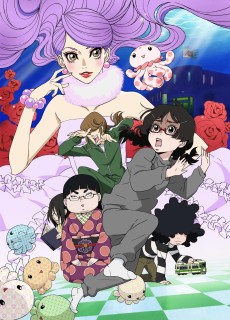 ANIME ComedyKuragehime
ANIME ComedyKuragehime ANIME ComedyBakemonogatari
ANIME ComedyBakemonogatari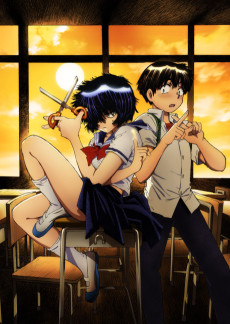 ANIME EcchiNazo no Kanojo X
ANIME EcchiNazo no Kanojo X ANIME ComedyYojouhan Shinwa Taikei
ANIME ComedyYojouhan Shinwa Taikei ANIME ComedyHinamatsuri
ANIME ComedyHinamatsuri
SCORE
- (3.7/5)
MORE INFO
Ended inJune 28, 2010
Main Studio Shaft
Favorited by 941 Users

